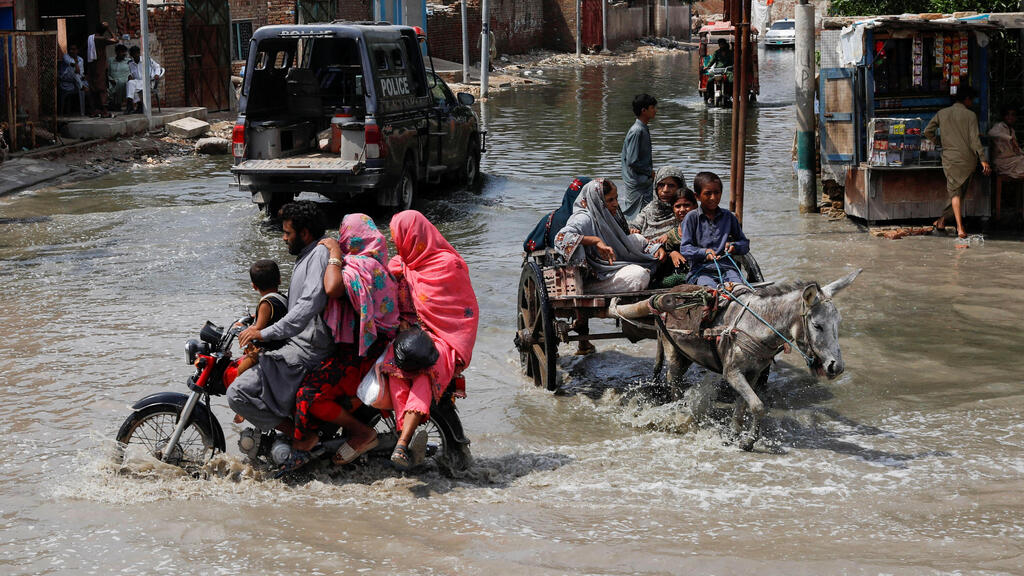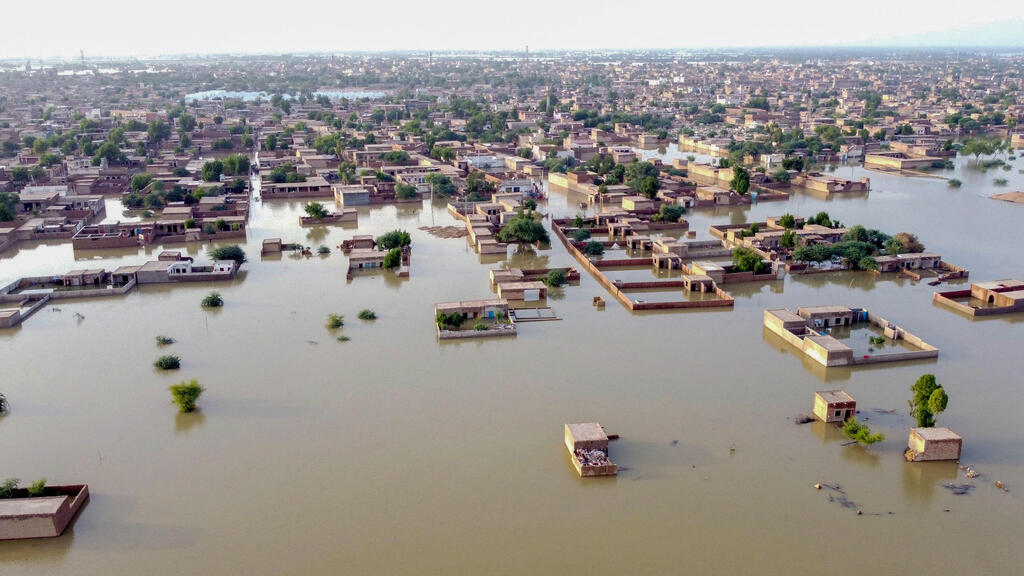Getting your Trinity Audio player ready...
[Islamabad] Nearly 50 young Pakistani girls have reportedly been married off for money as families struggle to make ends meet in flood-stricken areas of Sindh province.
Upon learning of these troubling incidents on Sunday, Sindh Chief Minister Murad Ali Shah ordered an immediate investigation, including recommendations for addressing the problem. He called for the social, economic, and legal factors contributing to these marriages to be thoroughly investigated.
Shah also ordered the formation of a committee to conduct a comprehensive inquiry into the circumstances of Khan Muhammad Malah, the village where the marriages allegedly took place.
Child marriage in Pakistan is widespread, with laws forbidding the practice rarely enforced. According to the UN, the country has the sixth-highest rate of underage brides.
Pakistan’s high rate of child marriage has seen a decline in recent years, but economic insecurity caused by the 2022 floods is causing a resurgence. The unprecedented floods wreaked havoc across Pakistan, submerging one-third of the country and severely affecting rural areas, particularly in Sindh.
The floods were one of the costliest disasters of all time, with an economic toll of around $40 billion.
Since Pakistan’s last monsoon, 45 underage girls in Khan Mohammad Malah have reportedly been married off, including two girls married in June 2024 in a joint ceremony.
However, the founder of the Sindh-based women’s rights organization Sujag Sansar (“Awakening the World”), Mashooque Birhmani, told The Media Line that the actual number of child marriages in Sindh is likely much higher than official reports.
“Families are increasingly forced to marry off their young daughters in exchange for money, viewing it as a desperate means of survival,” Birhmani said. In response to the rise in child marriages driven by economic insecurity, the organization is providing vocational training for girls from poor households to help them earn a living.
Despite efforts, post-flood rehabilitation has been sluggish, and soaring inflation has made it hard for many families to afford even one meal a day.
“I had no money for food or clothes for my other children, and there was no source of income,” A village resident named Jumman told The Media Line.
Jumman married off his 13-year-old daughter to a boatman for 150,000 Pakistani rupees, or about $540.
“Now, at least, I am satisfied that one of my daughters is living a good life.” He said he may marry off his younger daughters as well if he finds a “suitable match.”
Girls like Jumman’s daughter who are married off for money are known as “monsoon brides.”
Shah Nawaz Dahri, a Sindh-based social worker, told The Media Line that most monsoon brides are children in rural areas between the ages of 10 and 12. He criticized Sindh’s ruling Pakistan People’s Party for not doing enough to address rural poverty.
“Elected representatives often relocate to big cities like Karachi, disconnecting themselves from the struggles of the common people,” he said. “When the situation is so dire, what choice does the common man have but to marry off his daughters for money?”
Lubna Nadeem, a prominent women’s rights advocate and council member for the Human Rights Commission of Pakistan, said that poverty, climate disasters, and patriarchal structures all contribute to the problem of child marriages.
“Desperate parents often feel compelled to marry off their daughters as a means of survival, revealing a broader societal neglect of the girls’ well-being and autonomy,” she said.
Even when families are not driven to child marriage, poverty and climate crises disproportionately affect women and girls, Nadeem said. She noted that men and boys typically receive more food when resources are scarce.
Nadeem said the situation reveals the need for a feminist approach to human rights that addresses structural inequalities and supports the most vulnerable.
Muna Khayal Khattak, an analyst based in Punjab and a staunch advocate for women’s rights, also pointed to the structural causes behind child marriages. She said that the problem of child marriage is likely to persist unless the government does more to promote recovery in areas affected by the floods.
“Families may marry off their daughters for financial survival, viewing them as commodities due to entrenched patriarchy,” she told The Media Line. “Long-term solutions require comprehensive disaster recovery, improved economic opportunities, education, challenging patriarchal norms, empowering women, and strong legal protections for children.”



